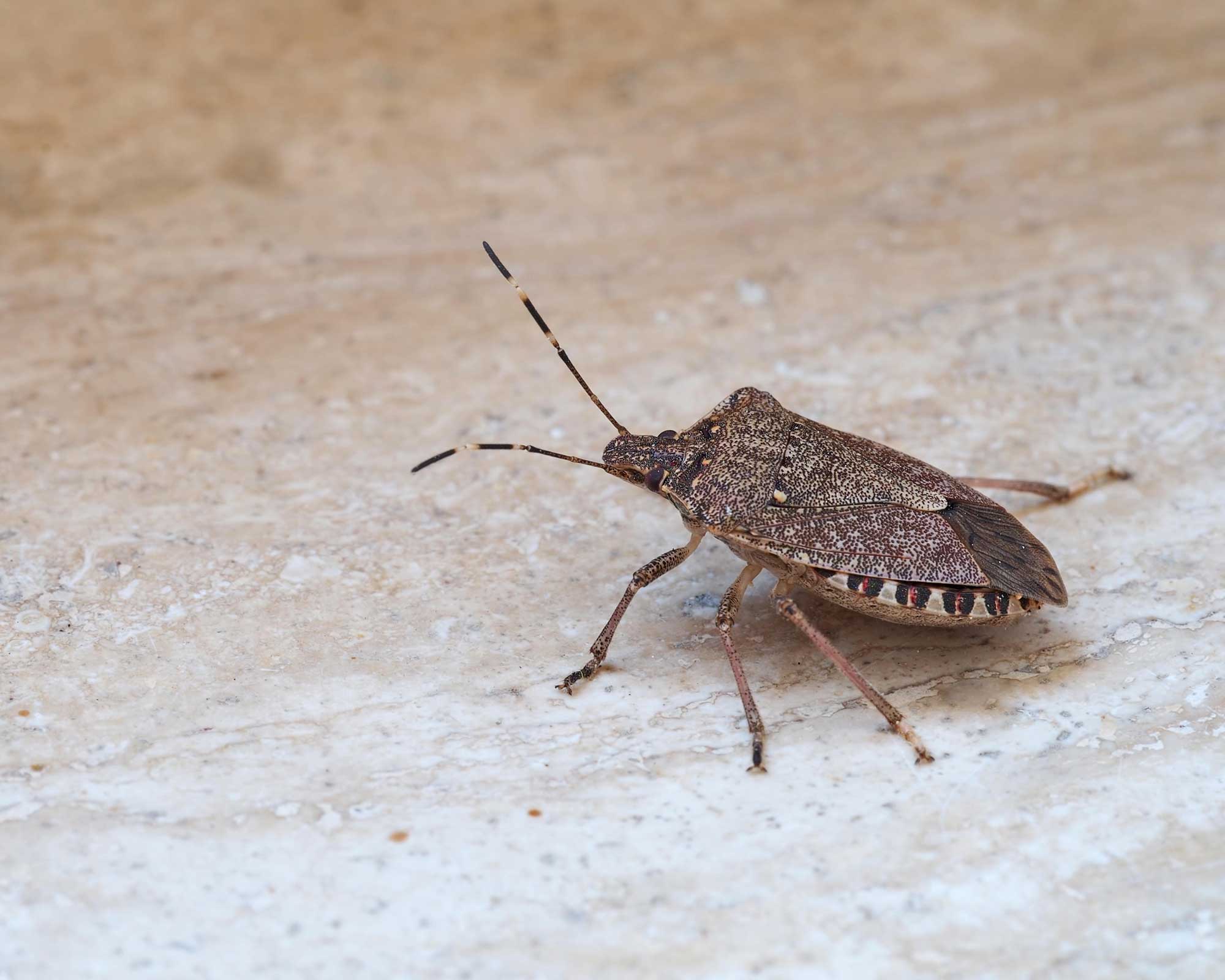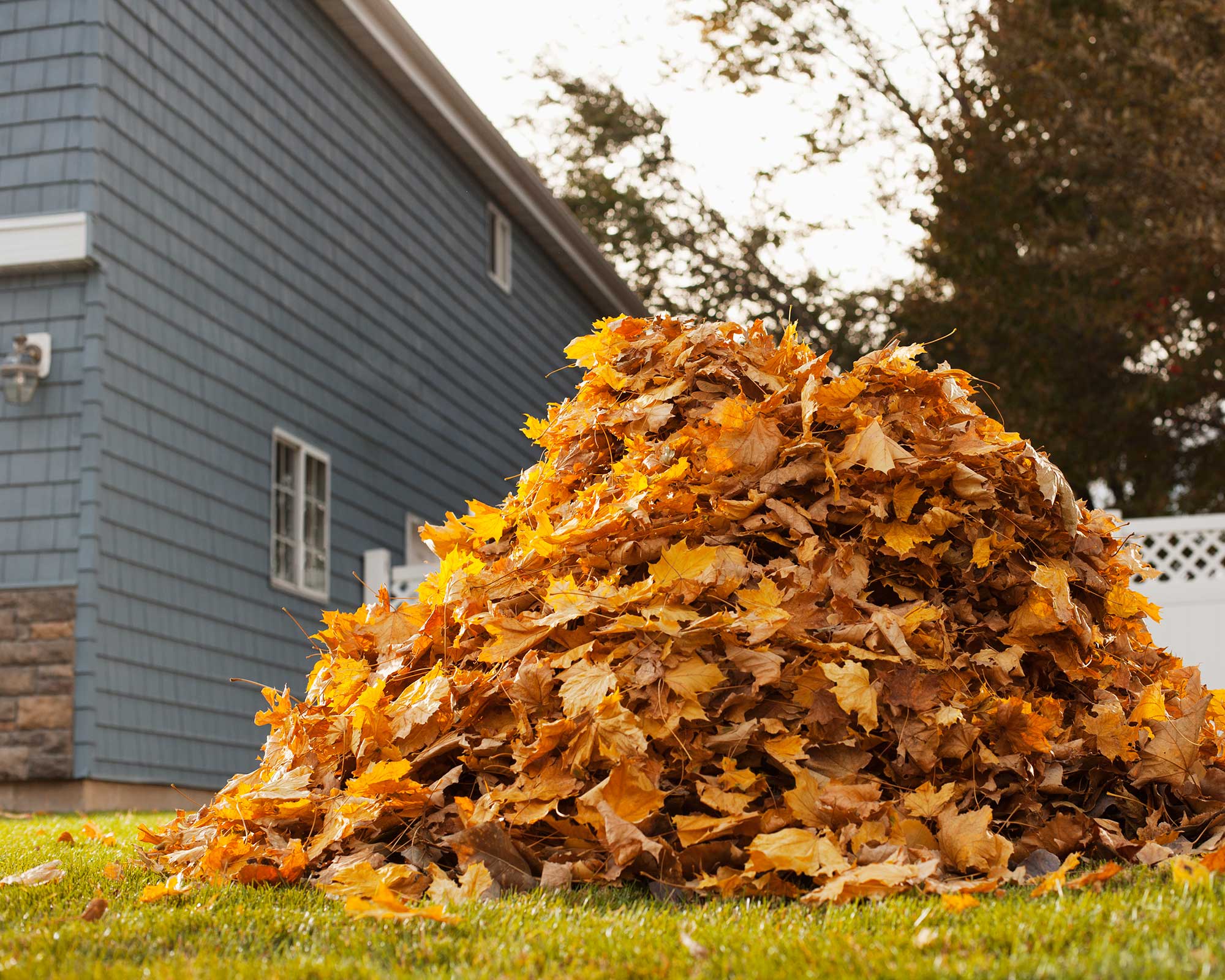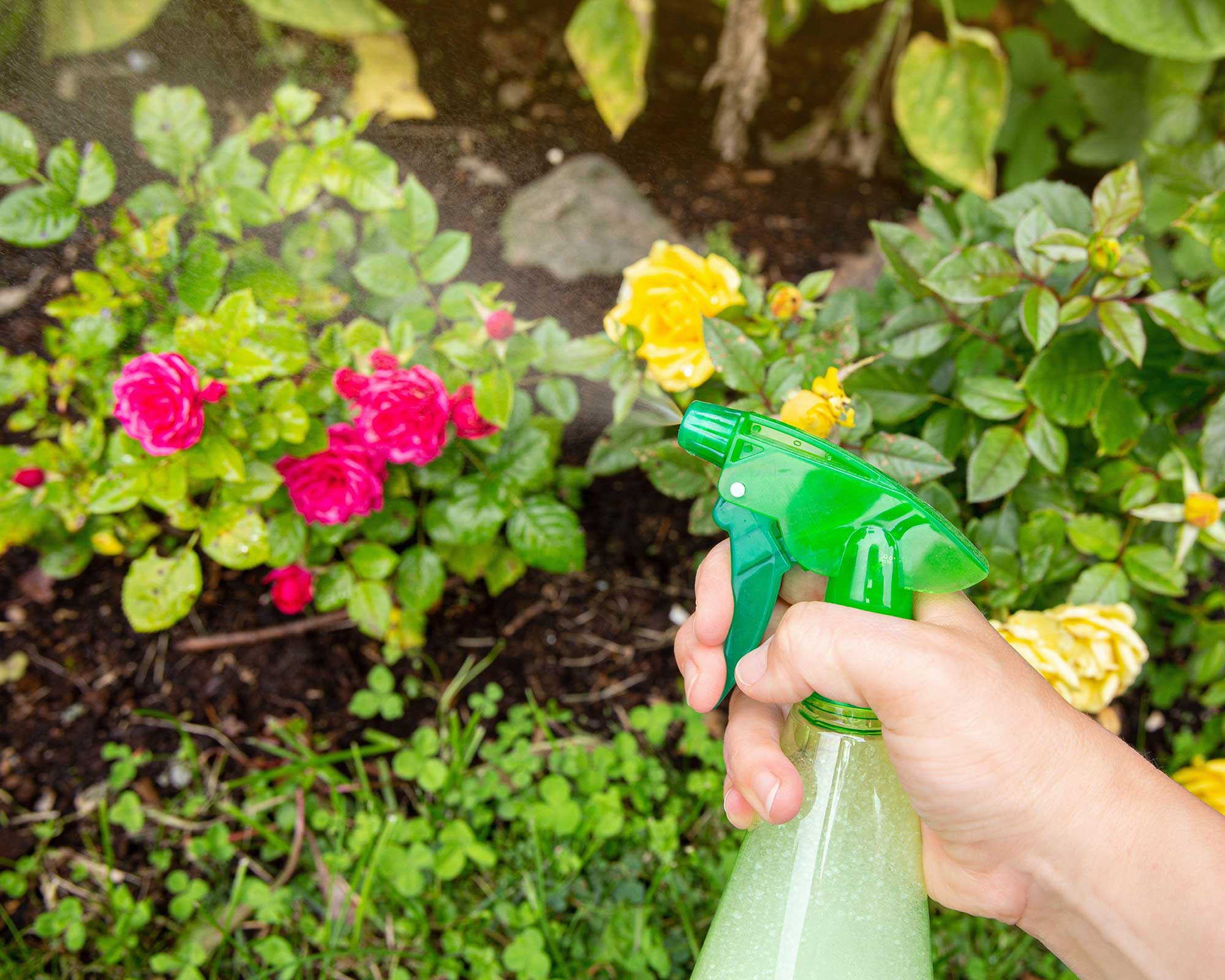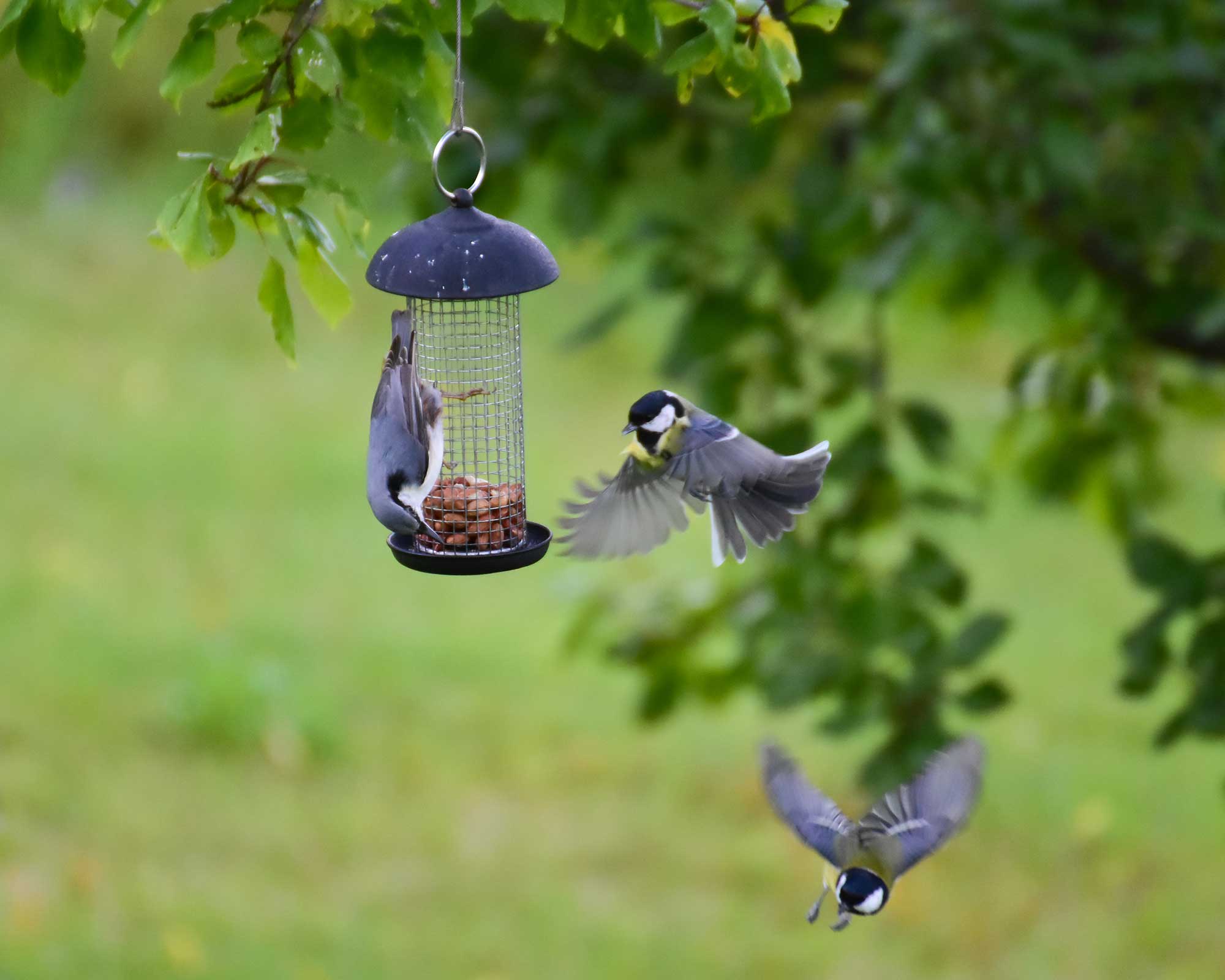How to get rid of stink bugs: top tips for deterring these pests from your plot
Our advice on how to get rid of stink bugs will help protect your plants and keep these smelly bugs at bay


Need to know how to get rid of stink bugs? We're here to help you deter these small-but-smelly insects from your garden, so your plants can grow in peace.
You may have already found out how to get rid of aphids or how to get rid of slugs. Keeping both at bay is key for giving your flowerbeds and borders a better chance to thrive. But although stink bugs might not be top of the list when you think of nuisance pests, their growing presence and destructive tendencies means they certainly shouldn't be ignored.
There are lots of types of stink bugs (also known as shield bugs), and plenty aren't harmful to plants. However, the brown marmorated variety is one that you'll want to look out for. Native to Asia, it was not long ago that they spread to North America and Europe. And recent sightings – albeit in very small numbers – have been recorded in the UK, too.
Not only do they suck the sap from your precious plants leaving them deformed, but they can also congregate en masse indoors, which is alarming, to say the least. And, their coriander-like stench is deemed unpleasant by most. But if you've spotted one (or many, many more), don't panic. We've rounded up lots of useful tips so you can get them gone for good.
Simple tips on how to get rid of stink bugs
With our advice, it's easy to protect your vegetable garden, flowerbeds, and home from these stinky bugs.
Why are stink bugs a problem?
One of the main problems with brown marmorated stink bugs in the garden is they have such a wide range of host plants. In other words, they're not fussy about what they eat.
As the RHS explains, they will feed on more than 100 plant species, including the likes of apples and brassicas, plus lots of ornamental and woody plants. Fruit, leaves, flowers and even seedpods will all be targeted by these pests. This can lead to blemishes, early decay, discoloration, and deformities.
The problem goes beyond our raised garden beds, though. Although they may be small, these bugs are causing significant crop damage in areas where they have become established – costing millions of dollars annually, as the RHS says. And although the UK seems relatively safe from these extremes for now, a gradual increase and spread of the problem looks likely.
Dr Michelle Fountain, Head of Pest and Pathogen Ecology, NIAB EMR says, the 'brown marmorated stink bug represents a significant threat to food production systems in the UK so it is crucial that we continue to monitor any establishment and spread of the pest.
'The long-term development of management and environmentally-sensitive control strategies will be needed so that the research community can keep industry and gardeners one step ahead of this pest species.'
And, on a smaller scale, there are a few things you can do to keep them at bay in your own yard.
- Need some tips on how to get rid of wasps, too? Our guide has you covered.

How can you identify a stink bug?
First things first – what do brown marmorated stink bugs actually look like? Keep an eye out for the following signs:
- Brown marmorated stink bugs have a rectangular-shaped head which differentiates them from other varieties.
- Juvenile stink bugs have spines on the sides of their body, says the RHS.
- As their alternative name – shield bug – implies, their body is the shape of a shield.
- They have brown mottling, with distinct pale and dark markings around the edges of their body.
- Size-wise, these stink bugs are between 14–17mm long – around the size of a U.S. dime.
- Stink bugs often make their way indoors in the winter, seeking warmth. They like to hide in any nooks and crannies they can find – think attics, basements, under furniture, or in cracks in the walls. Outdoors, you might find them under rocks, furniture and windowsills, or on sunny garden walls, to name just a few likely places.
- You'll probably notice the smell before you actually see them. This smell that they secrete is a pheromone that attracts more of the bugs, resulting in large congregations.
Another type of stink bug to look out for in the US is the similarly-sized green stink bug, which, you've guessed it, is bright green. These pests also feast on crops, including tomatoes, corn, and beans.

7 ways to get rid of stink bugs
Try these methods to deter these pests. Looking for more insect-prevention tips? You might find our guide on how to get rid of ants useful, too.
1. Clear up your plot
One way to prevent stink bugs is by cleaning up outdoor debris which could otherwise be used for shelter. This is especially the case over winter.
Long grass and overgrown shrubs should be cut back, and piles of leaves cleared up and put on the compost or used to make leaf mould. And avoid leaving stacks of firewood near the home, or on the ground. Why not check out our log store ideas instead for some tidier solutions that will help protect it from the rain, too?

2. Seal up cracks
Stink bugs like to overwinter indoors – it gives them a greater chance of surviving the cold weather. Keep them out by sealing up cracks in doors and window frames with caulk, and installing or repairing screens across vents.
Bear in mind that although having a family of stink bugs in your home is far from ideal, they won't do any structural damage, unlike some other pests. You can find out how to get rid of termites or carpenter bees – both of which can be culprits of serious destruction – in our guides.
3. Try insecticidal soaps
Insecticidal soap is a natural remedy to keep stink bugs – and other soft-bodied insects – away.
You can buy it ready-made from garden centers, or make your own. To do the latter, mix two teaspoons of gentle, non-scented liquid soap such as Dr. Bronner’s Pure-Castile Liquid Soap, available on Amazon (not regular dishwashing soap which can hurt your plants) with two teaspoons of vegetable oil and two cups of water. Pour into a spray bottle, shake liberally, and spray over your flowers and crops.
As with any homemade solution, try a small amount out first to check it doesn't cause adverse effects. And, avoid spraying it on hot and sunny days, which can scorch your plants.

4. Welcome beneficial creatures
Despite their pungent smell, there are some creatures that prey on stink bugs. Encouraging them into your backyard can be worthwhile if you want to get rid of the pests.
Ladybugs and spiders as well as toads and birds can all feed on these insects. So, consider investing in one of the best bird feeders or a new birdhouse, or perhaps now's the time to dig that garden pond you've always dreamt about.
- Our feature on plants that repel insects is a worthwhile read if you're looking for more natural ways to tackle pests.

5. Make a stink bug trap
If you've already spotted a stink bug infestation, this DIY trap might come in useful. It's budget-friendly too.
All you need to do is fill a foil cooking tray with a couple of inches of water, stir in a dash of dish soap, then angle a lamp to shine onto the surface (this will attract the bugs to your trap).
Leave overnight and, by morning, you'll have captured some of the stinky pests, ready to be disposed of. Flushing them down the toilet usually works well.
6. Dust diatomaceous earth around your garden
Diatomaceous earth (DE) is a natural pesticide that's useful for tackling all sorts of bugs, including roaches and silverfish. It works by breaking down insects' protective shells and dehydrating them.
It's simple to apply – but a face mask is recommended to avoid breathing in the fine powder. Spread lightly around areas where you suspect stink bugs to be at large – doorways and windowsills, for instance.
You can also use it on your plants. Just dust over the leaves or at the base, and reapply if it rains. Bear in mind, however, that DE can harm beneficial insects too, so isn't the best option if you're looking to create a wildlife garden.

7. Spray your plants with kaolin clay
If you're looking for other natural ways for how to get rid of stink bugs, kaolin clay might be your answer. Often used in organic gardening, this non-toxic, natural mineral can be mixed with water and sprayed onto plants to create a barrier against pests.
This barrier of clay particles deters stink bugs from laying eggs and trying to feed. It won't harm your plants or visiting pollinators and washes off easily (be sure to do this before eating, if using on crops). What's more, it can discourage other pests too, including mites, thrips, and apple maggots.

Are stink bugs harmful to humans?
According to PestControlFAQ.com, you generally don't need to worry about stink bugs biting you, anyone else, or your pets. They can't sting, either, nor can they cause damage to building structures or furniture.
However, some people are allergic to their stinky secretions, which the bugs often release when feeling under threat. Symptoms include the likes of skin irritations such as rashes, or a runny nose. Consult a medical professional if you have any concerns, and always avoid squashing the bugs with your bare hands.

The garden was always a big part of Holly's life growing up, as was the surrounding New Forest where she lived. Her appreciation for the great outdoors has only grown since then. She's been an allotment keeper, a professional gardener, and a botanical illustrator – plants are her passion.
